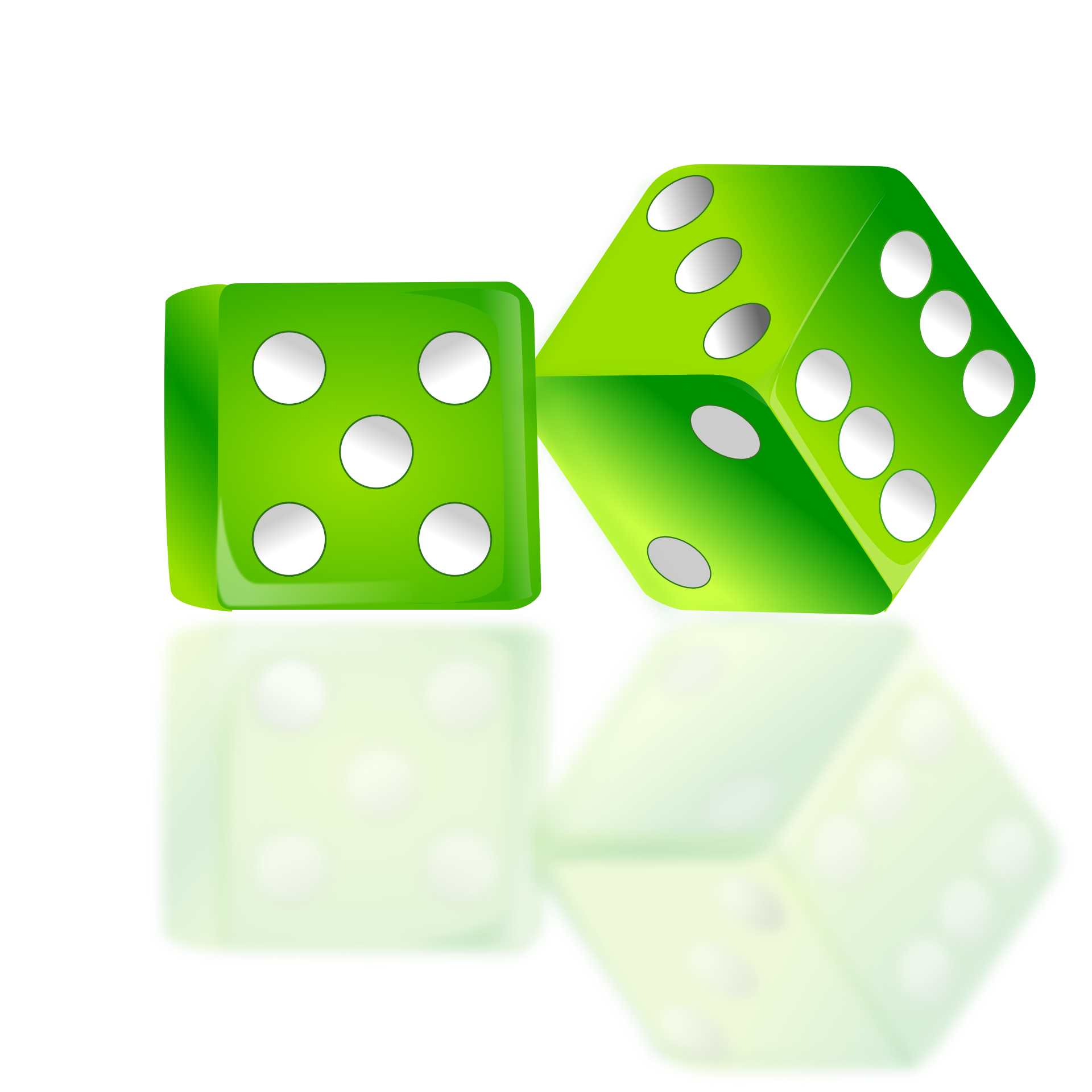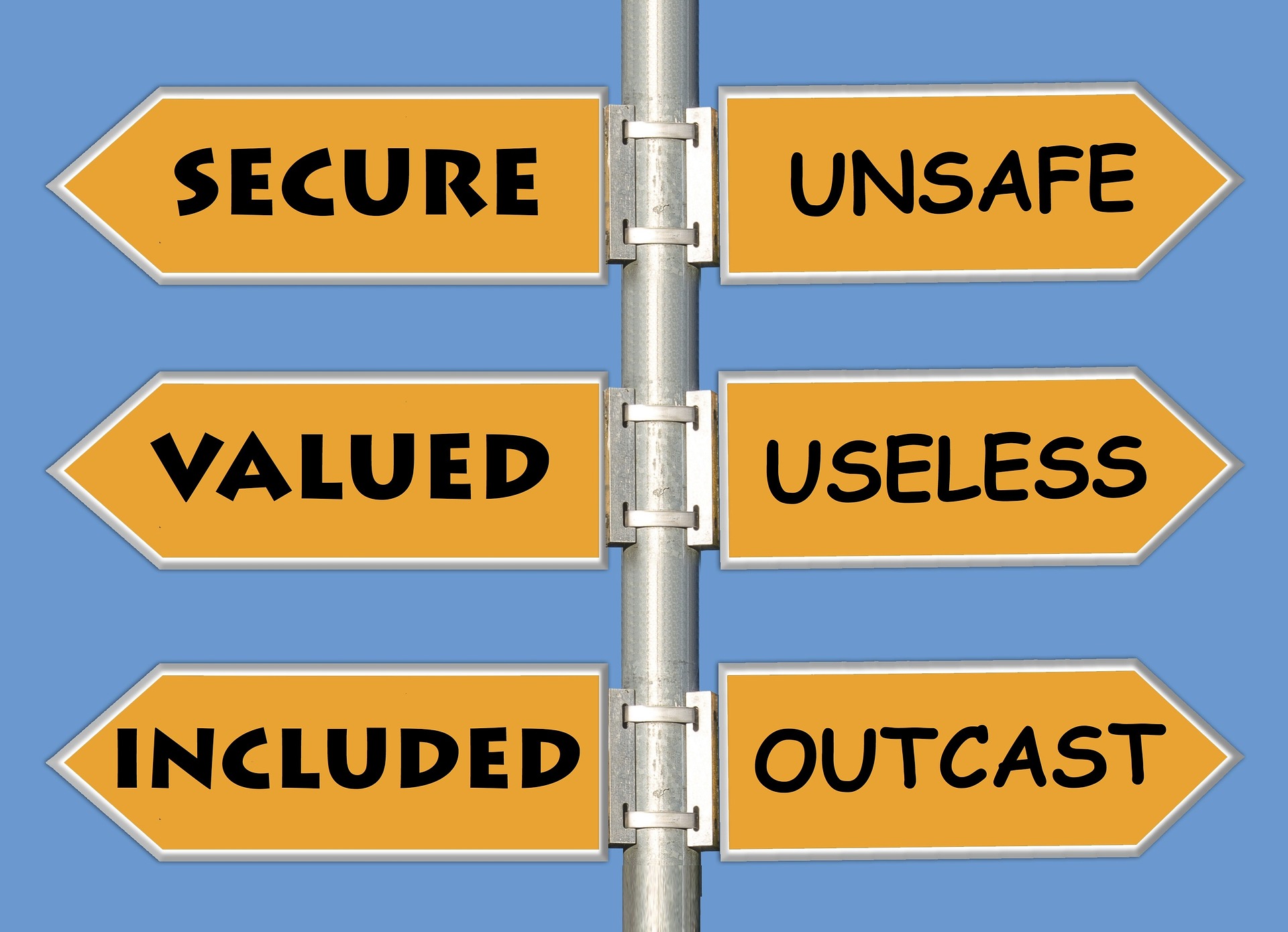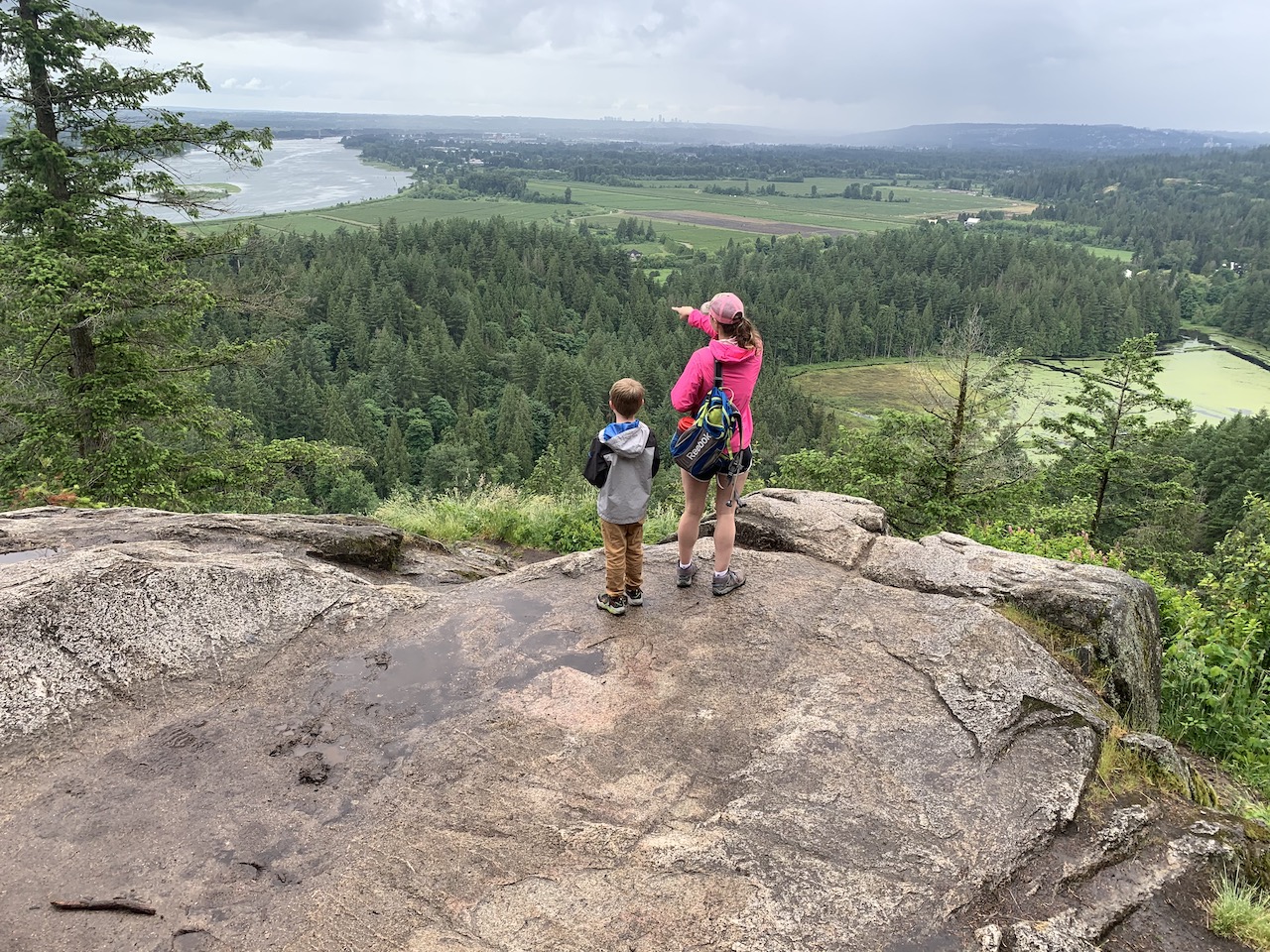Reading these articles, I immediately thought of my experience in the two vastly different schools I have taught in. My first classroom was in an inner-city neighbourhood with a high poverty rate and many refugee families. For many of my families they wanted their children to do well and to be successful but limited English, education and either working multiple jobs to make ends meet or not working at all created a challenge for my families. In this school we had a significant challenge with students coming to school hungry and without the supplies they needed. This school did not have a PAC at all so fundraising fell to our staff. We had a local church that partnered with us and provided our students with meals, school supplies and other supports. Working there I learned to write grant proposals for things like field trips and learned that many local groups would do free field trips for inner city and high needs schools if you wrote a convincing enough letter. Being on this side of the income gap as a teacher I often felt helpless and like I wasn’t doing enough for my students, that no matter what I did I would never be able to close those gaps. Our staff put together Christmas hampers for families and reached out to our own communities for support. Working in a school with limited resources we learned to be creative with what we had. I can remember nights of coming home nearly in tears as I felt that nothing, I did was making a difference for my students, nights where I wouldn’t sleep worrying about my students, knowing that for many I was the most consistent adult in their lives as a brand-new teacher. Teaching in that school nearly broke me, I considered leaving teaching and going back to GIS Engineering after two years in my high needs school, boyfriend was encouraging me to go back to engineering, today he’s eating his words. Working in a high poverty school was destroying my physical and mental health because I felt that it was up to me to make up for all the gaps and short comings for my students, I realized with the help of my family that I needed a change and to try a different school. Yet these are the students that have made the biggest impact on my why and my what it means to be a teacher and to truly care for our students. I learned as much from my students in those two years as they learned from me. My grade 5’s from that school is in grade 8 now and I still wonder how a few of them are doing. I want to know if one of my Syrian boys who I filled out his Canadian Tire grant hockey forms for because his parents couldn’t speak English is still playing. While it was the toughest of the three schools I’ve taught in, this school also had the greatest impact on me as a human. I think now with the clarity of being out of that school for three years that I was there to learn what it means to be a teacher and to give our students our all but also how to set boundaries between my personal and professional lives. That school had a great impact on my perspective and I think I may have learned as much from my students as they learned from me.
I’ve been in my “new school” which I’m hoping is my forever home for three school years now. What a contrast between my two schools. I started teaching in a school where I rarely heard from a parent and they were hard to get a hold of to a school where I have a class parent and emails from 2-3 parents daily, most of the emails I get are quick questions or letting me know a student is absent or going to be late because of a dentist appointment, but the parents reach out and connect with me. The difference between my two schools is not truly the money raised by the PAC, it’s the time that parents have with their children. At my current school my students are mainly from two parent households and I maybe have one or two ELL students a year. Yes, we have more objects and I have a classroom fund and field trip money at my current school but that’s not what’s making a difference. My students have parents who have time to spend with them, they talk to their parents daily and their parents are involved in their lives and life at school. Yes, I appreciate the additional funding for things like manipulatives, art supplies, library books and field trips but what I appreciate most is that the parents and I are a team, we are all working together to make sure my students get the best education possible. I think some of the articles were equating the additional funds in more affluent schools with advantages and yes, these students have more opportunities for sports, dance, and music but I think the money is also being used to measure parent engagement. It is the parent engagement that makes the biggest difference.
I’m not sure how we would be able to limit the effects of poverty completely. Sharing resources sounds like a good idea in theory but how would we make it work and get parent buy in. As a district I could see having new initiatives like out door learning spaces and technology rolled out to the less affluent schools first but that is a drop in the bucket. When we have teachers and community organizations supporting our school communities the change needs to come from the top in the form of funding from the provincial or federal governments. What we really need is more per student funding that reflects the needs of our classrooms. Grassroots initiatives are good but the change needs to be systemic, we need to overhaul our system of funding schools and school districts.






